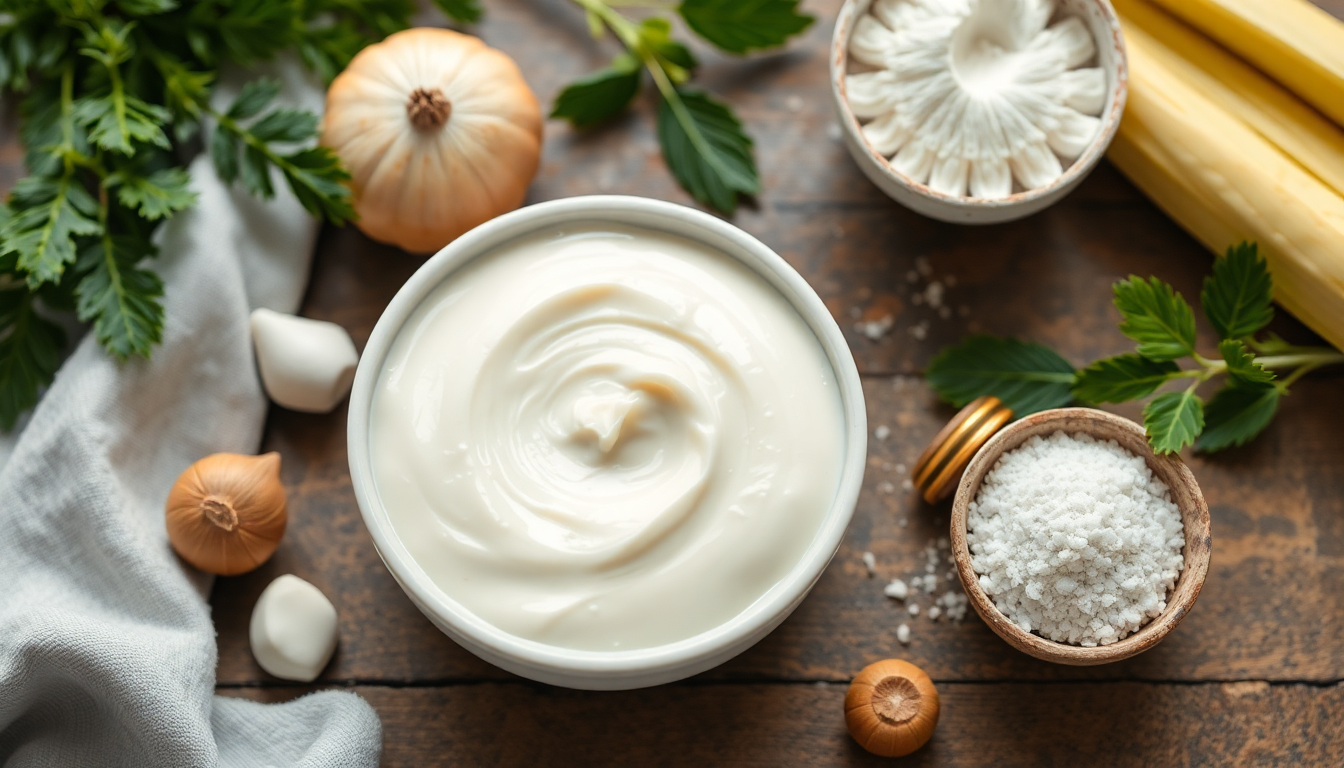What is Kojic Acid?
Kojic acid is a natural compound produced by certain fungi, particularly the species Aspergillus oryzae. It's been used for centuries in traditional medicine and food preservation, but in recent years, it's gained popularity in the beauty industry for its skin-lightening properties.
Benefits of Kojic Acid for Skin
Kojic acid offers a range of potential benefits for the skin, including:
- Skin Lightening: Kojic acid works by inhibiting the production of melanin, the pigment responsible for skin color. This can help reduce hyperpigmentation, including sun spots, age spots, and melasma.
- Antioxidant Properties: Kojic acid acts as an antioxidant, protecting the skin from damage caused by free radicals. These free radicals contribute to aging and other skin problems.
- Anti-Inflammatory Effects: Kojic acid has anti-inflammatory properties that can help soothe irritated skin and reduce redness.
- Antibacterial Activity: It may also have antibacterial properties, which could help prevent acne breakouts.
How to Use Kojic Acid
Kojic acid is available in various forms, including:
- Serums: Serums are generally considered the most effective way to apply kojic acid, as they deliver a concentrated dose directly to the skin.
- Creams: Kojic acid creams are another popular option, often combined with other skin-brightening ingredients.
- Masks: Kojic acid masks offer a concentrated treatment that can be applied for a shorter duration.
It's important to start with a low concentration of kojic acid and gradually increase it as your skin becomes accustomed. Always follow the product instructions and perform a patch test before applying to a larger area.
Risks and Side Effects of Kojic Acid
While generally considered safe for most people, kojic acid can cause some side effects, especially if used incorrectly or in high concentrations. These can include:
- Skin Irritation: Redness, itching, or dryness may occur, especially in sensitive skin.
- Sun Sensitivity: Kojic acid can make your skin more sensitive to the sun, increasing the risk of sunburn. Always wear sunscreen when using kojic acid.
- Allergic Reactions: Some individuals may experience allergic reactions to kojic acid, such as hives or rash.
It's essential to consult with a dermatologist before using kojic acid, especially if you have any pre-existing skin conditions or are pregnant or breastfeeding.
Kojic Acid vs. Hydroquinone
Kojic acid and hydroquinone are both popular skin-lightening ingredients, but they have some key differences:
- Source: Kojic acid is naturally derived from fungi, while hydroquinone is a synthetic compound.
- Strength: Hydroquinone is generally considered more potent than kojic acid, meaning it can lighten skin more effectively but also carries a higher risk of side effects.
- Availability: Hydroquinone is often available over the counter, but in some countries, it's only available by prescription.
Conclusion
Kojic acid can be a valuable tool for achieving brighter, more even-toned skin. However, it's essential to use it cautiously, starting with low concentrations and gradually increasing as needed. Always consult with a dermatologist to determine if kojic acid is right for you and to discuss potential risks and side effects.
Remember that sun protection is crucial when using kojic acid, and it's best to avoid direct sunlight for extended periods. By using kojic acid responsibly, you can reap its benefits while minimizing the risk of side effects.



Hinterlasse einen Kommentar
Alle Kommentare werden vor der Veröffentlichung geprüft.
Diese Website ist durch hCaptcha geschützt und es gelten die allgemeinen Geschäftsbedingungen und Datenschutzbestimmungen von hCaptcha.